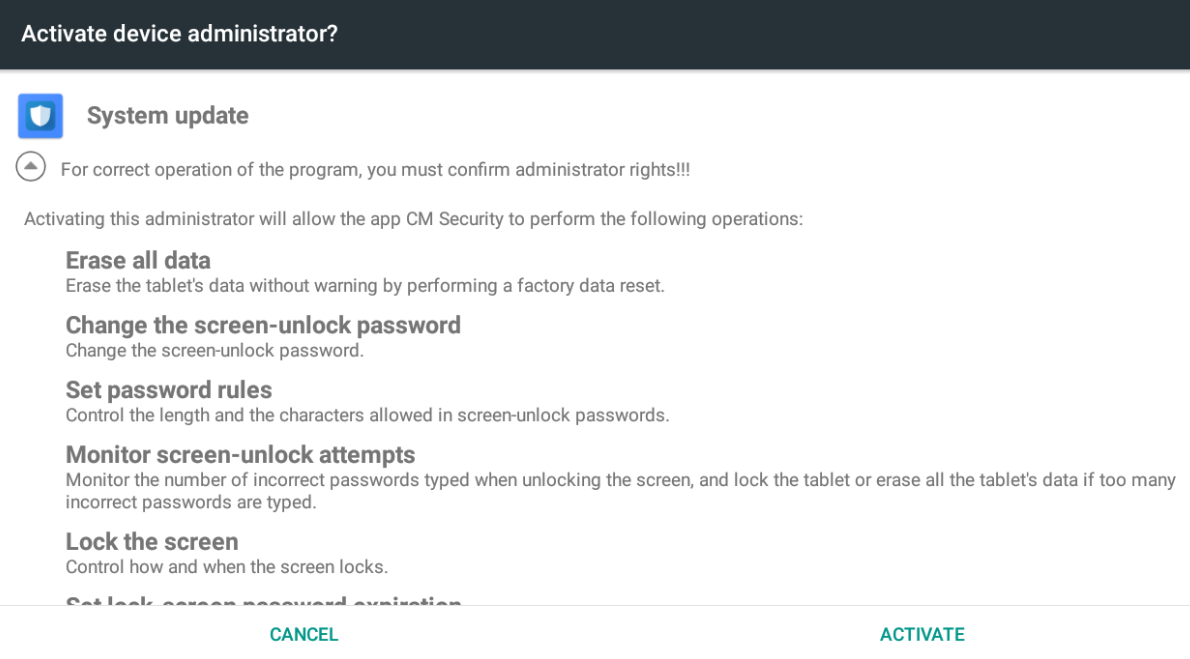Email Security with Continuity, Multi-tenancy
Email is vital to business communications and operations. However, as the volume of email increases, so too does the amount of ransomware, phishing, business email compromise (BEC), spoofing, spam and virus attacks.
What’s more, government regulations (e.g., PCI, HIPAA, GDPR, etc.) now hold your business accountable for protecting confidential data, ensuring it is not leaked and supporting the secure exchange of email that contains sensitive customer data or confidential information.
Deploying and maintaining an on-premises email security solution is CAPEX-intensive and creates administrative overhead. Organizations can benefit from replacing legacy solutions with an easy-to-use, affordable cloud-based security solution. This helps protect organizations from email-borne threats such as ransomware, zero-day attacks, spear-phishing and BEC ─ all while meeting email compliance and regulatory mandates.
The new SonicWall Email Security 9.1 solution now includes email continuity to minimize business impact during planned and unplanned outages to your email servers.

SonicWall HES is a cloud-based, multi-tenant security service that protects against today’s advanced email threats.
Hosted email security
SonicWall Hosted Email Security (HES) offers comprehensive cloud-based email protection to stop ransomware and other email-borne threats before they reach your network.
Email attachments are scanned by the SonicWall Capture Advanced Threat Protection (ATP) service, a multi-engine sandbox that automatically detects and prevents advanced threats from reaching your network. The solution blocks ransomware and zero-day threats in the cloud and ensures only safe emails are delivered to your inbox. Get the scalability you need with no upfront costs and predictable subscription rates.
SonicWall Email Security 9.1 firmware
With focus to improve our email security solution to better protect and enable our customer’s businesses, SonicWall is releasing an update to its firmware with security enhancements, updated and modern UI, and the following features.
Why email continuity is important
Business are global, operate 24/7 and depend on email. Outages to email services have significant impact on an organization’s productivity and disrupts business.
Traditional approaches to email continuity — designed to ensure high availability with on-prem email deployments — have proven costly and ineffective. In many cases, this leaves organizations with continued outages.
Small- and medium-sized business (SMB) can rarely justify the cost of building a highly redundant messaging infrastructure. Moving to cloud-based solutions enables organizations to lower costs and deliver better service, but outages are inevitable.
For example, Microsoft Office 365 claims a high degree of service availability (via their service-level agreements, or SLAs) at a global level, but when individual regions or businesses are involved, impact can be high. (For a helpful resource, outages to cloud service providers are recorded at downdector.com.)
Email continuity for SonicWall HES
SonicWall HES delivers simple, cost-effective protection against planned or unplanned downtime events, whether your email servers are on-premises, hybrid environments or in the cloud.
Achieve 24/7 service availability with email continuity.
With SonicWall Continuity for Hosted Email Security,* ensure emails are always delivered and productivity is not impacted during planned and unplanned outages of on-prem email servers or a cloud provider, such as Office 365.
During outages, users can access a secure, browser-based Emergency Inbox to compose, read and respond to messages. Email spooling ensures no messages are lost when email servers are unavailable, and delivers them when the servers are up.
Managed service providers
When investigating an email security offering best suited for their customers, managed service providers (MSP) should not only select the most comprehensive solution, but also one that enables them to differentiate.
By deploying SonicWall Email Security, MSPs can deliver a managed email security service with robust multi-tenancy support, customized environment configurability for Microsoft Office 365, and an advanced security platform. The solution’s MSP-friendly capabilities include:
- Flexible deployment options
- Enhanced multi‐tenancy
- RESTful APIs
- Easy integration with Microsoft Office 365
- Customized branding
- Comprehensive reporting and monitoring
For more details, explore our resources for Email Continuity, Multi-tenancy for MSPs, and SonicWall Hosted Email Security.
* Continuity for Hosted Email Security will be available as an add-on subscription beginning February 2018. For more details, visit mysonicwall.com or contact your preferred SonicWall partner.























